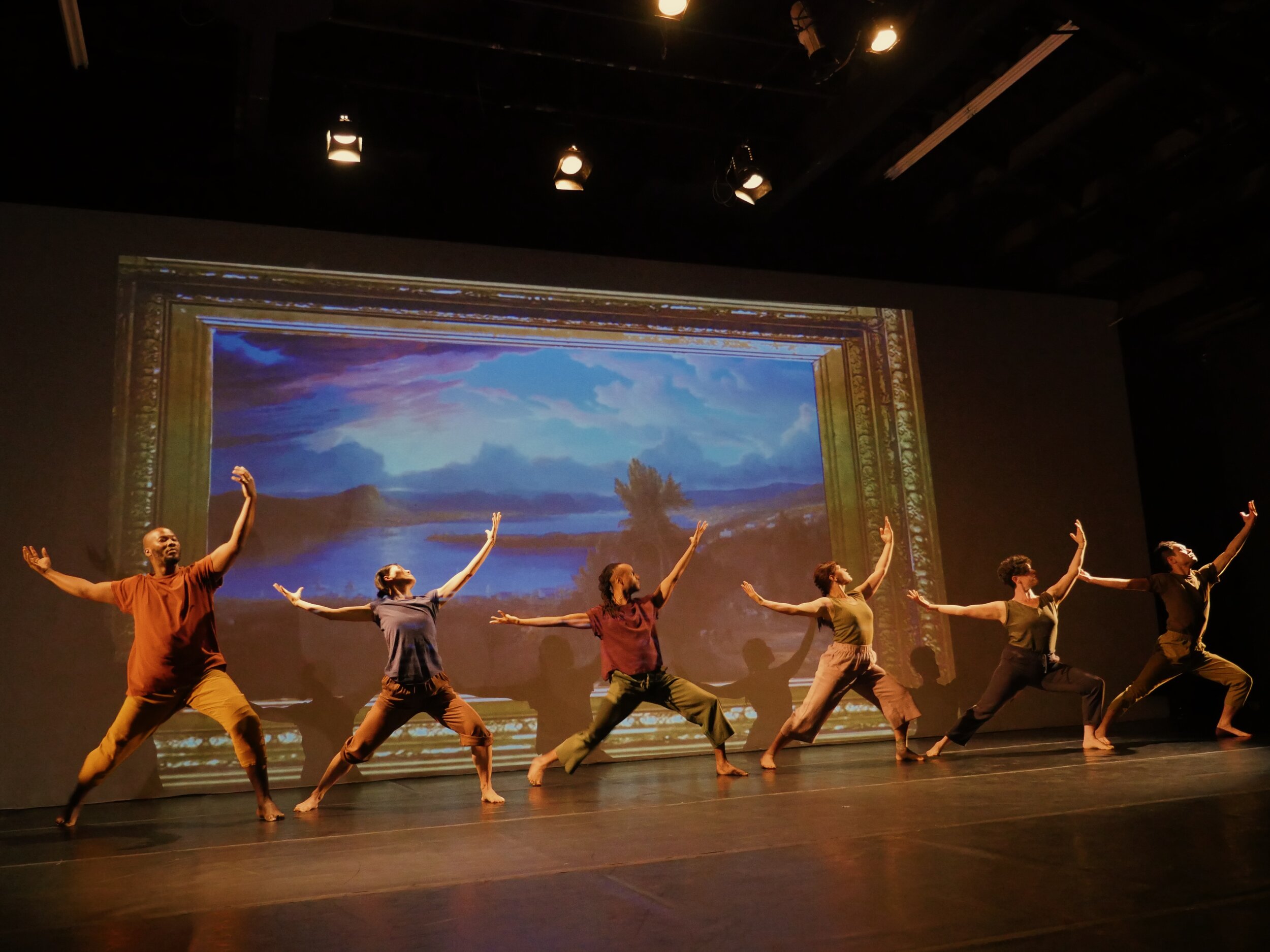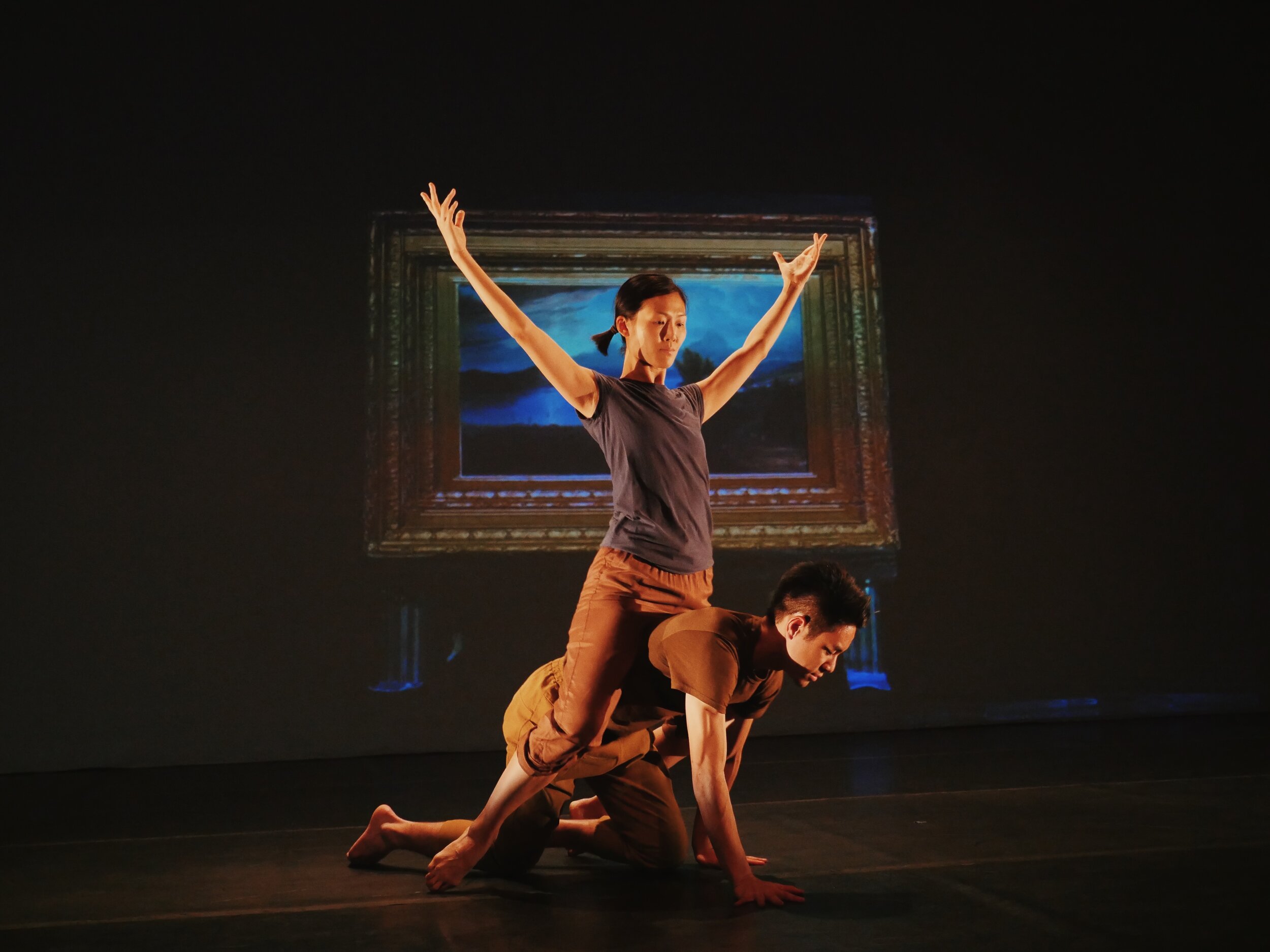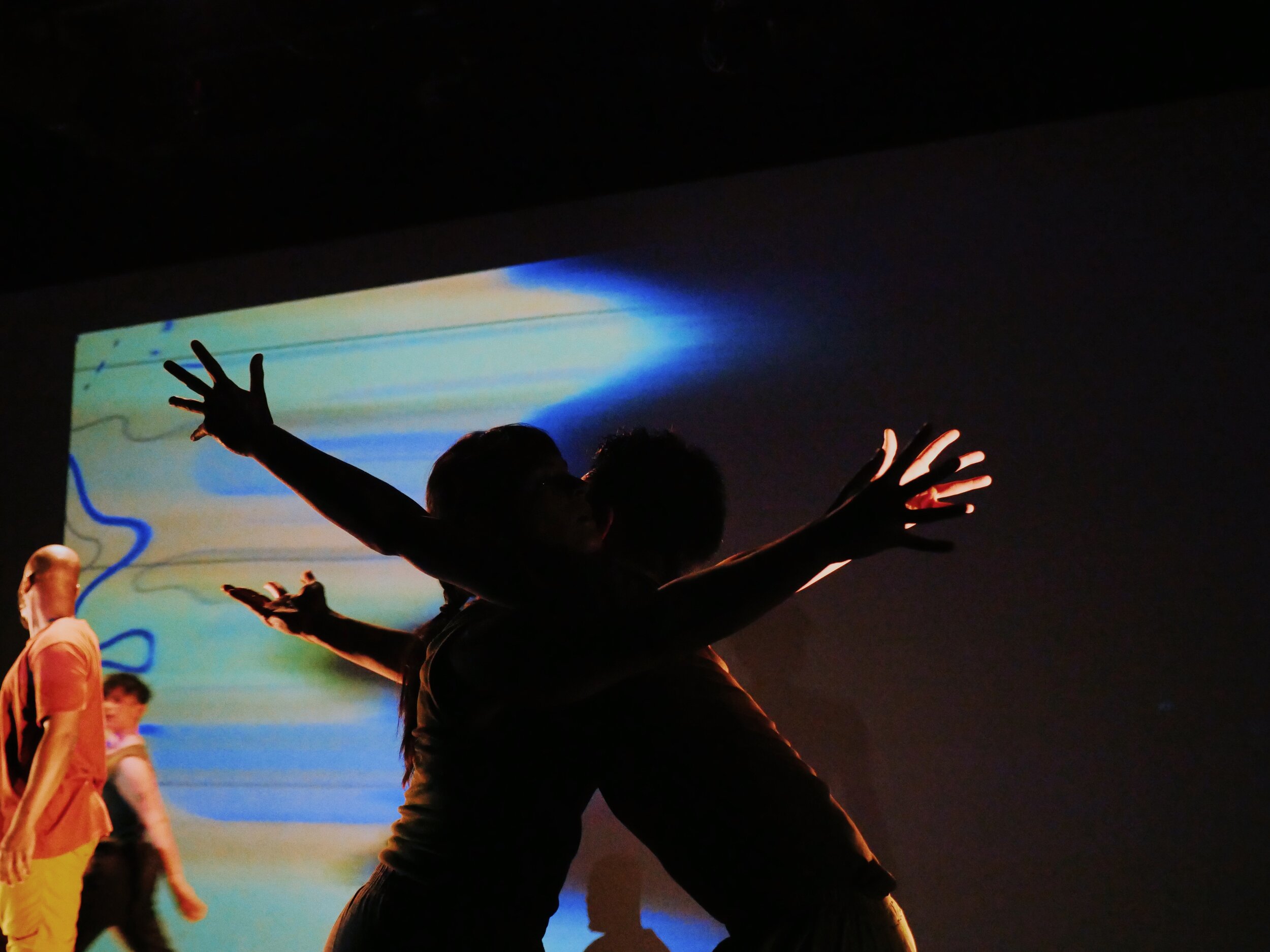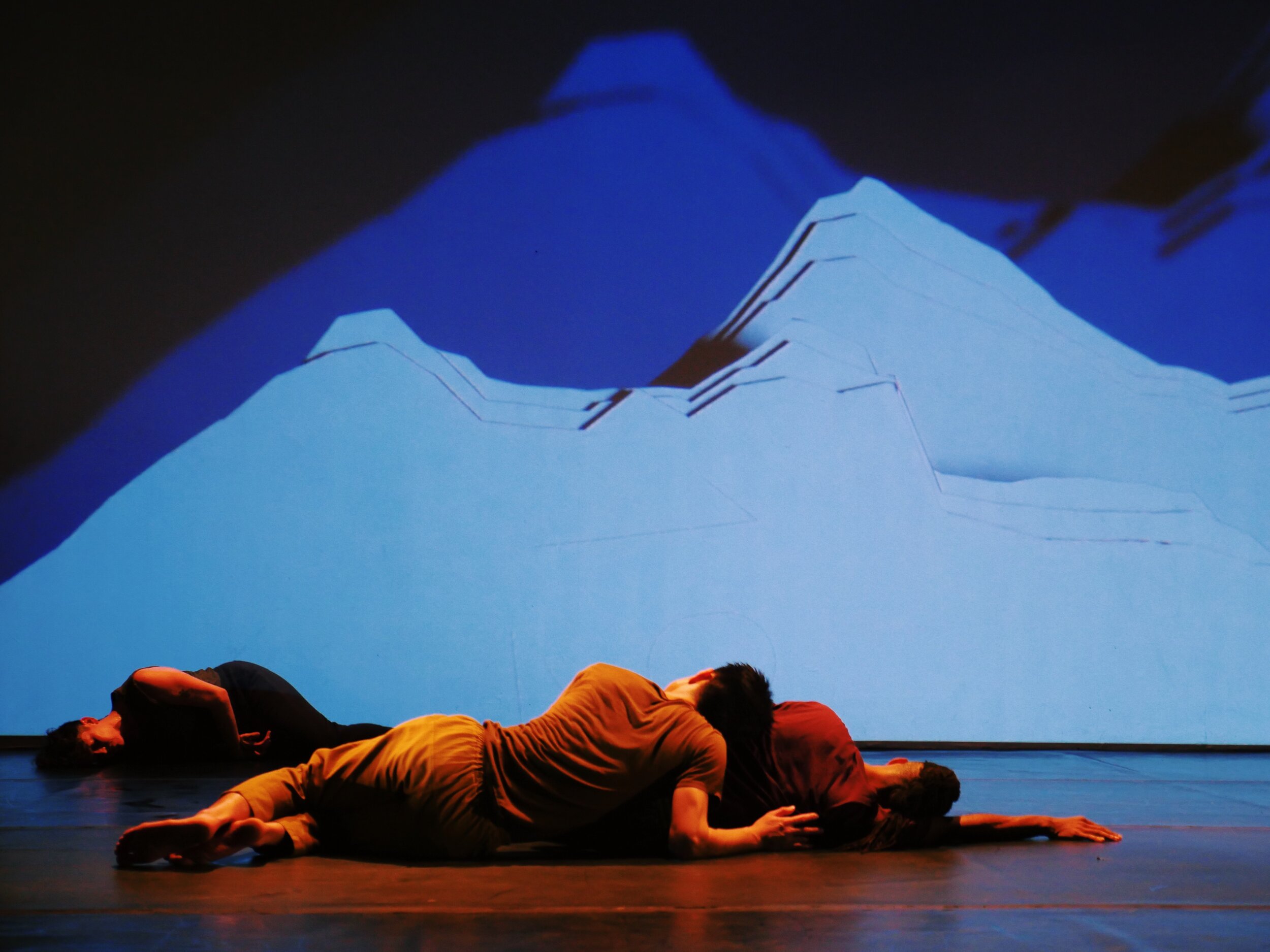Uprooted is a documentary on the history of Jazz dance.
Jazz was mentioned as having been recontexualized through Ballet & Modern in the studio environment, which disconnected it from its roots as a social dance (lindy hop, swing). This exactly mirrors whats being called “Hip Hop” in pop culture and dance institutions, and it can feel egregious and offensive for those who learned classic Hip Hop forms in local community settings. Dance moves & sensibilities that may have originated from actual Hip Hop forms, were then adapted to & filtered thru commercial media, then disseminated back to the public and further shaped in studios & by dance teams. “Dancing in front-facing lines” is a common critique about commercial hip hop — it centers the act of audience consumption over the communing between practitioners. The divisions between teacher & students, performer & audience reinforces hierarchy in favor of the conversational cypher.
While it sounds like I’m trying to exclude Hip Hop choreo from the umbrella of Hip Hop dance forms, I would adamantly insist that it has become part of Hip Hop culture. Although it’s origins are thru commercial media and colonialist culture, it cannot be denied that people of color have discovered their individual voice through the form. and it ultimately serves as a vehicle for self-expression and community-building, which is the core of Hip Hop. Can it be misused, appropriated, misrepresented? Yes, but that’s been happening since the very beginning, it’s what happens in a capitalistic context. See: Grandmaster Caz vs Sugarhill Gang (episode 2 of Netflix’s Hip Hop Evolution).
Dance forms, art, culture in general is constantly shifting and most of all, reflects its environmental context. The answer isn’t to not do something, or to dismiss it, but to know the hows and whys. In this case its the impact of media influence. It’s worth mentioning my own biases, as someone who learned from 90s bboys, as their learning was directly informed by the repercussions of the late 80s media fallout.
And then this brings me to another personal gripe of mine, the assimilation of Hip Hop moves, specifically Breakin’ and Poppin’, by contemporary dancers. I will admit upfront my aversion to this is certainly connected to a personal jealousy and envy for the success that non-Hip Hop dancers have received using Hip Hop moves, and most of my observations are based off of instagram hate-watching. Yes, these moves aren’t exclusive to Hip Hop at all (waves, threads, baby freeze holds/stab), and there are instances where they predate Hip Hop. But to start using these moves DECADES after Hip Hop did indicates a lack of innovation & a lack of personal creative integrity within the concert dance world. (It’s also been a growing issue in the bboy/bgirl battle scene for years, which speaks to the influence of capitalism, but that’s for another time). The claim that “Movement is for everyone” or “nothing is original”, while true, also erases the Black & Brown innovation that persisted despite being deprived of resources.
But remember not a game new under the sun/
Everything you did has already been done
- Lauryn Hill, Lost Ones
Lately I’ve been feeling that “everything’s been done before” is the All Lives Matter of dance. It’s not a false statement, but the intent is dismissive and relieves individual responsibility. In my experience, the statement is used with differing intent in Hip Hop vs concert dance. When Hip Hop heads say “nothing is original” it’s based in humility — that in the ultimate pursuit of creating or adapting never-seen-before moves, no one can claim true ownership over anything. The move you thought you made has already been done by a monk in China, or a comedian in the 20s. When I’ve heard it in concert dance environments, it’s to justify the extraction of a movement from it’s original context so it can be assimilated into vocabulary for class or for stage — because movement is seen as being up for grabs, it becomes something to absorb and utilize, for purely aesthetic reasons. I’ll say that movement is for everyone to LEARN, but the act of creating and sharing information takes on a greater responsibility.
To clarify where I stand, the answer isn’t ever to stop doing something, or to avoid it, because that’s dismissive in and of itself. No true Hip Hop pioneer & educator will ever outright discourage participation. The point is to keep learning, with humility. “Never a master, always a student” is a common saying. Taking & receiving credit isn’t necessarily bad, but to do it at the expense of those before you — to not cite your sources in order to reap all the gains is capitalistic in nature. In forms that have depended on the oral tradition, respecting your sources is baked in. Here’s a video of Born, a Korean bboy, shouting out James Brown and his drummer Clyde Stubblefield in broken english for an international & Korean audience. It’s not hard.






